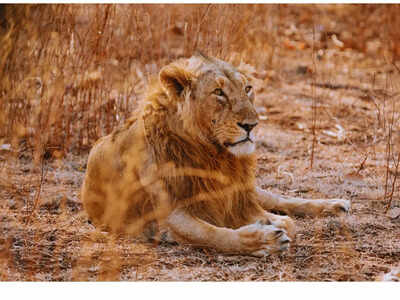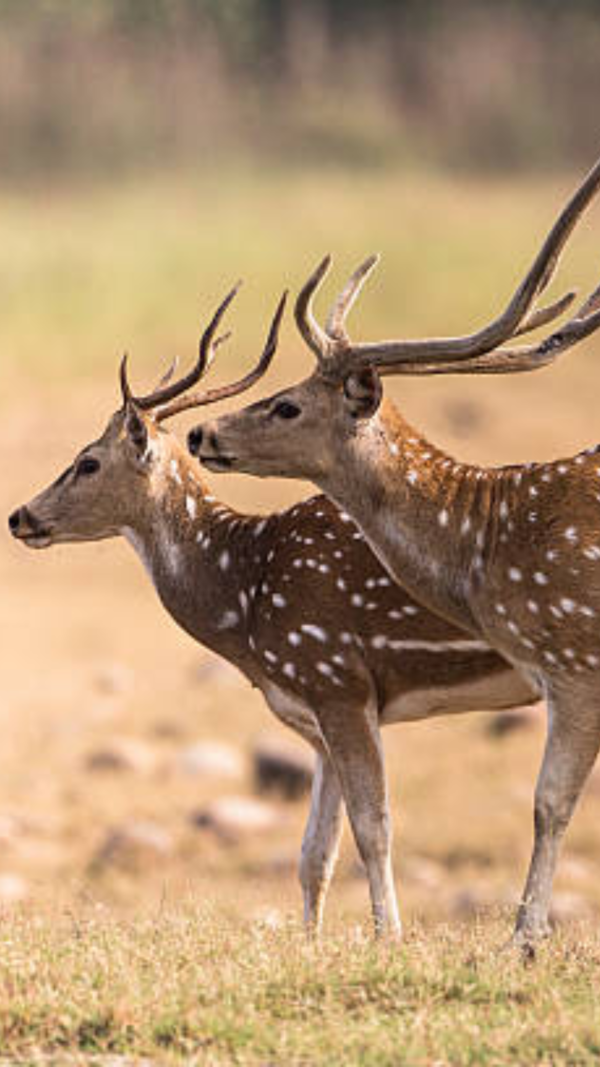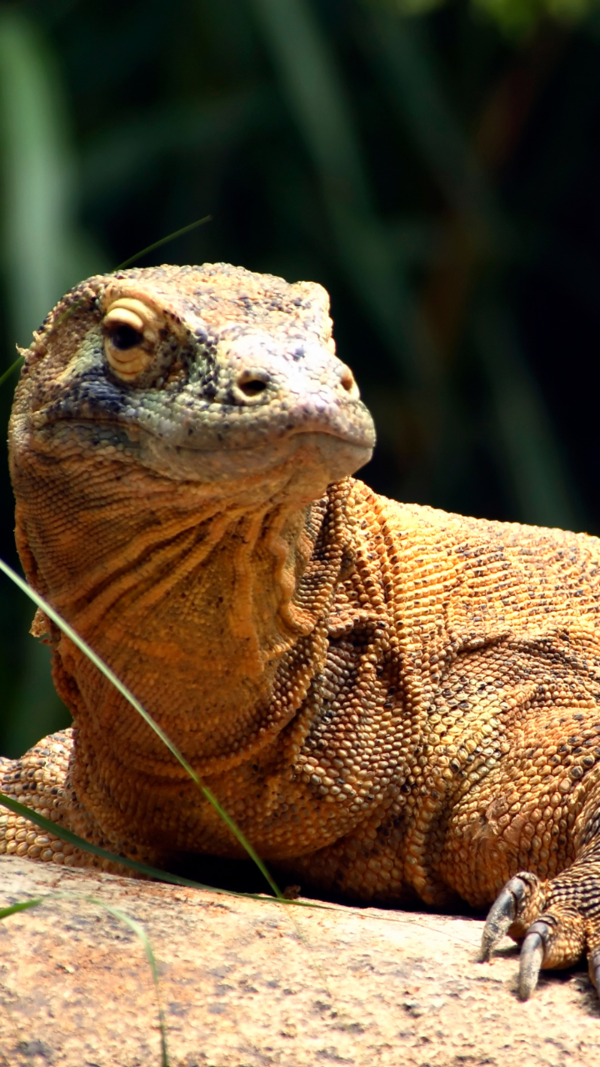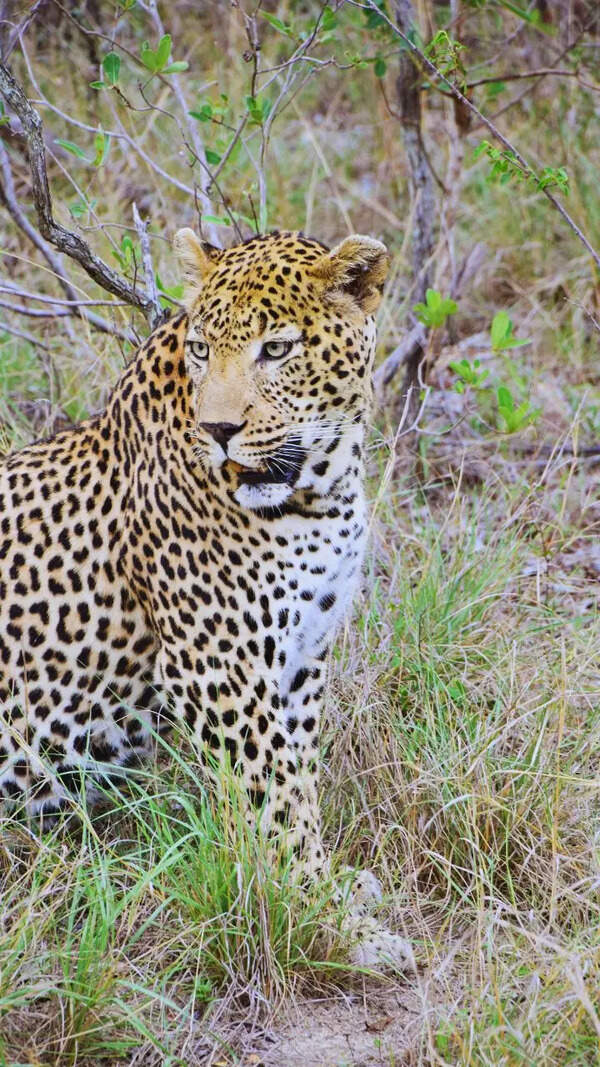Trending
Tracking lions: Gujarat to conduct 2025 Asiatic Lion count from May 10
Gujarat Forest Department will conduct the 16th Asiatic lion population estimation from May 10 to 13, 2025, covering 35,000 square kilometers across 11 districts. Employing 'Direct Beat Verification,' the census will gather data on lion movement, gender, and pride compositions.
In a recent update, the Gujarat Forest Department is set to conduct the 16th Asiatic lion population estimation from May 10 to 13, 2025. This important census will span across approximately 35,000 square kilometers and cover 11 districts and 58 talukas in the state. The enumeration will follow the 'Direct Beat Verification' method, which involves systematic tracking and observation of lions in the wild to make sure that the number is accurate.
The Asiatic lions are found only in the Gir Forest of Gujarat along with the Saurashtra region. These majestic creatures are a symbol of Gujarat’s natural heritage and beauty. Since 1980, Gir has been globally recognised as the only natural habitat of lions, making the conservation of these species a matter of pride for both the state and the continent.
History of the census
The census was first initiated in 1936 and since then is held every five years. It gathers comprehensive data including the lions’ movement patterns, gender, age groups, GPS locations, identity markers, and pride compositions.
The survey will be conducted in two phases starting from May 10 and 11. It will be followed by the final enumeration on May 12 and 13. More than 3,000 trained volunteers, along with regional, zonal, and sub-zonal forest officers, will be a part of this big-scale lion counting operation project.
All kinds of advanced technologies will be used in the survey such as high-resolution cameras, radio collars, GIS software, and the e-GujForest mobile app, which will facilitate real-time monitoring and data accuracy.
Community participation is an important pillar of the conservation effort. Eco-Development Committees have been set up in rural areas, and local volunteers known as Van Mitras (forest friends) play a vital role in monitoring lion activity. Nature education camps are regularly held to raise awareness and foster a sense of responsibility toward wildlife protection.
Protecting lions

To further protect the lions, the government has expanded their range beyond Gir to include satellite habitats such as Girnar, Mitiyala, and the coastal areas of Amreli and Bhavnagar. This helps reduce pressure on Gir and supports the lions’ natural movement across a broader, more resilient landscape.
Support systems such as rescue teams, veterinary units, and rapid response squads have been established to handle emergencies, human-wildlife conflict, and health issues.
End of Article
Follow Us On Social Media
Visual Stories
Tired of too many ads?










